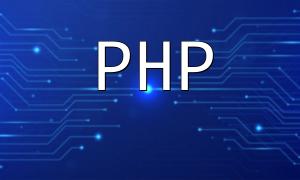In modern web development, debugging tools are essential. For PHP developers, mastering Chrome debugging tools can not only help quickly pinpoint issues but also significantly boost development efficiency. This article will explain how to effectively use Chrome PHP debugging tools and provide optimization tips to ensure a smoother development process.
The Chrome PHP debugging tool combines Google Chrome's debugging capabilities with PHP development environments. By using the Xdebug extension, developers can debug PHP code in Chrome in real-time, track errors, analyze performance, and quickly receive feedback. This tool is critical for improving development efficiency.
To start using the Chrome PHP debugging tool, you'll need to configure it first. Here are the steps for configuration:
After completing the configuration, don't forget to restart the PHP service to apply the changes. Next, we will explain how to use these debugging features within Chrome.
To receive Xdebug debugging information in Chrome, you'll need to install a Chrome extension. This will allow Chrome to communicate with the PHP server in real-time for debugging purposes.
1. Open Chrome browser and visit the Chrome Web Store.
2. Search and install the “Xdebug Helper” extension.
3. After installation, find the Xdebug Helper icon in the browser toolbar.
4. Click the icon and select the debugging state (such as “Debug”) to start a debugging session.
When using the Chrome PHP debugging tool, the following tips can help you improve your debugging efficiency:
Mastering the Chrome PHP debugging tool is an essential skill for every developer. It not only helps you quickly discover and fix issues in your code but also deepens your understanding of program execution mechanisms. By configuring and using these debugging tools correctly, both beginners and experienced developers can achieve a more efficient development experience.
We hope this guide helps you use the Chrome PHP debugging tool more effectively and boosts your development workflow!









